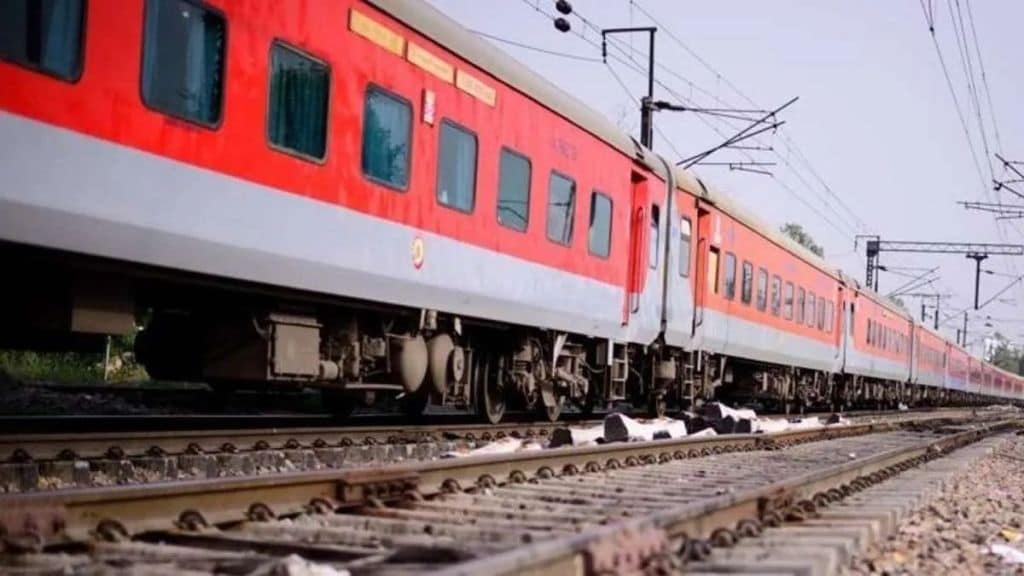Indian Railways (IR) has set a new record in infrastructure spending by utilising 56.5% of its annual capital expenditure allocation in the first half of the current financial year.
Of the total budgetary grants of Rs 2.52 lakh crore for FY26, the railways has invested Rs 1.42 lakh crore in April-September period, reflecting robust execution across key areas, according to the railways ministry data.
This marks accelerated progress in modernising the nation’s rail network amid broader economic priorities, official sources said.
Aided by accelerated investment by railways, highways and defence, the cumulative capital expenditure across all government departments is expected to be around 50% in H1FY26.
Focus on core infrastructure: Capacity and safety
As against the allocation of Rs 1.1 lakh crore, IR utilised Rs 49,001 crore (45%), supporting freight and passenger growth through capacity augmentation. This was aimed at expanding network reach and efficiency, encompassing new lines, doubling, gauge conversion, electrification, and metropolitan transport projects.
The national transporter spent Rs 22,286 crore or 56% of the annual target of Rs 39,456 crore on safety works. It prioritised passenger and operational security, including KAVACH (Train Collision Avoidance System) implementations, track renewals, Road Over Bridges (ROBs), bridges, and level crossings.
On rolling stock, invested Rs 25,948 crore or 46% of the annual target, boosting fleet modernisation with new locomotives, coaches, and wagons.
It spent Rs 5,863 crore on customer amenities to enhance user experience through station upgrades and facilities.
IR’s role in India’s accelerating public capex
Public capex — by the Centre, the states and CPSEs — is key to India’s gross fixed capital formation in recent years in the absence of strong private capex.
Central public sector enterprises (CPSEs) and other agencies, including railways and the NHAI, have achieved 35% of their aggregate annual capex target in April-August of FY26.
Capital expenditure by state governments likely grew 14% year-on-year in the first five months of the current financial year, reflecting a moderation in the monsoon period of July-August.


